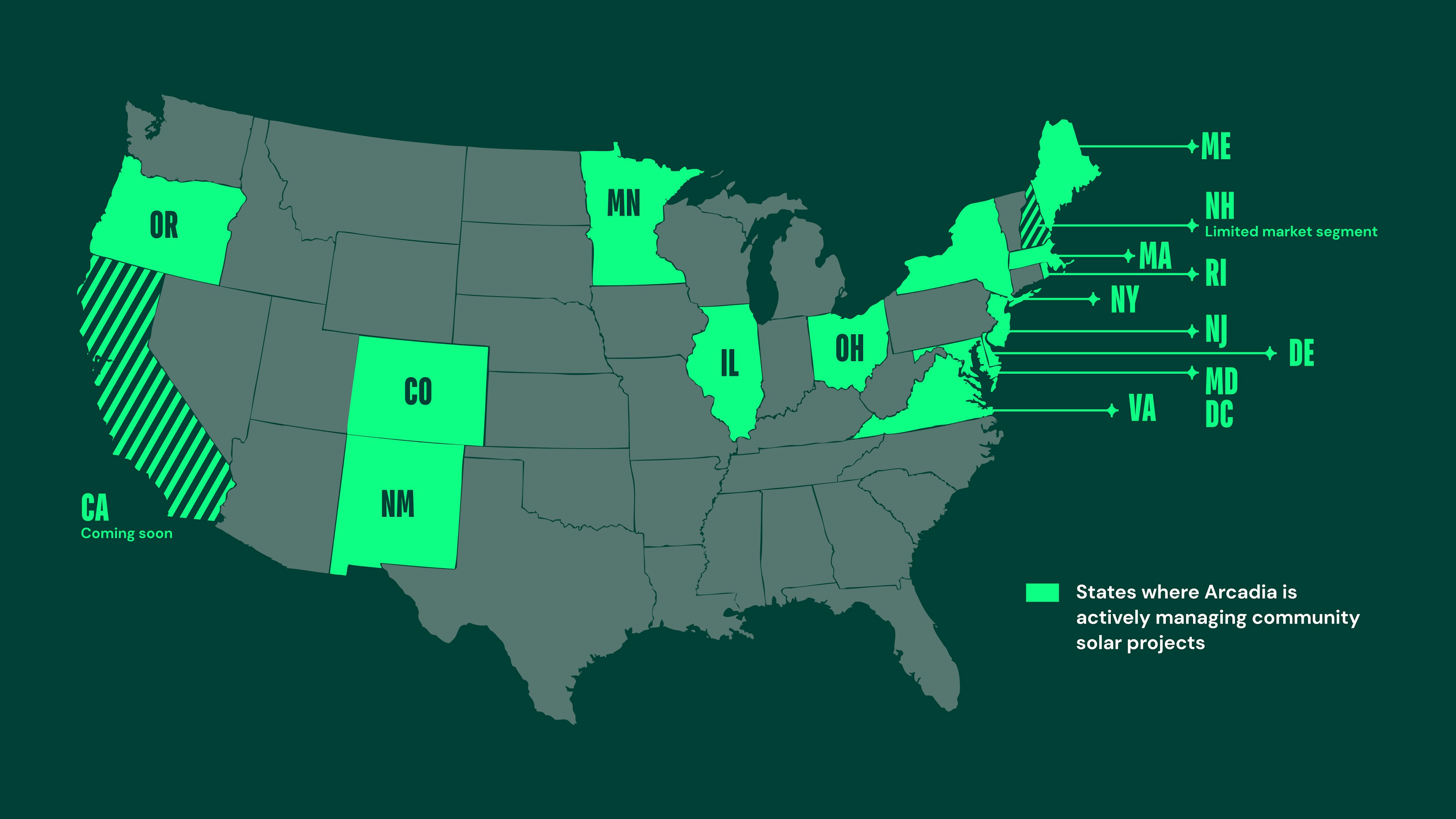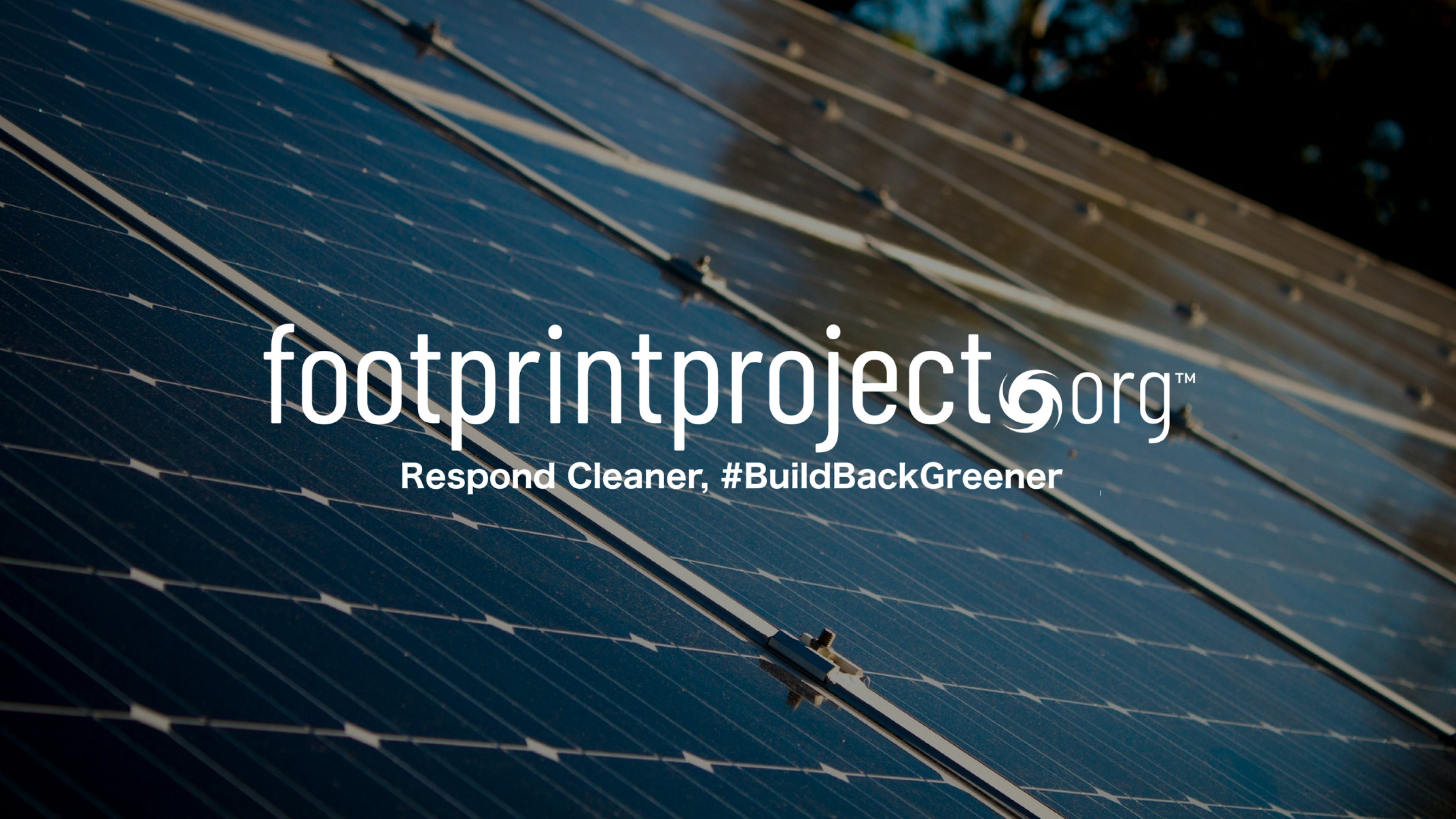How to lower your digital carbon footprint

Internet use has skyrocketed to unprecedented rates in recent weeks as the world moves into a state of isolation. As businesses close their doors, workplaces order employees to stay home, and airlines call off flights en masse, it seems as though everything — from meetings and conferences to exercise classes and comedy shows — has moved online. TV consumption has grown by 22 percent in some parts of the U.S., while streaming services such as Netflix and YouTube have been forced to reduce their quality of service in parts of Europe to keep up with rapidly growing demand.
And while the growth in internet use has been coupled with a sharp decline in travel-related emissions (estimates show decreases as high as 50 percent in New York and 25 percent in China), surfing the web takes its own toll on the planet.
It’s tempting to stay glued to our screens in times of global turmoil, but reducing your web-based emissions can be as simple as adjusting your settings.
The internet’s environmental impact
It’s easy to think of the internet as the environmentally friendly solution to everything, from wasteful paper handouts to unnecessary in-person meetings. But the truth isn’t quite so simple. Our devices — including our computers, phones, and WiFi boxes — require energy to keep running. Data centers and servers that support the internet and store its content have to keep running, too. All of this adds up.
A single Google search emits anywhere from 0.2 to 0.7 grams of carbon dioxide. The average email has a carbon footprint of 4 grams — one with extra-large attachments can range up to 50 grams. The information and communications sector as a whole is estimated to produce more than 1.6 billion tons of greenhouse gases annually; that’s 2% of global CO2 emissions and 14 ounces per person on earth.
Experts predict this rate is only going to increase. Estimates from 2019 predict that data usage will account for as much as 10 percent of global energy usage by 2030. Recent calls to self-isolate across the world have the potential to increase this percentage even more.
Ways to reduce your internet carbon footprint
The good news is that there are a few simple ways to keep your internet-related carbon footprint small. Start with a few manual steps:
- Reduce the number of email newsletters you’re signed up for, starting with the ones you never read (you know, the retail emails from stores you’ve only been to once, or notifications from organizations you’ve never heard of).
- Limit your screen time by giving yourself a curfew, adjusting the settings on your phone or desktop, or using apps like BreakFree or Freedom.
- Turn off video autoplay on your browser.
- Keep your screen brightness low (a mere 30% reduction in brightness can cause a 20% reduction in data usage) and download videos rather than streaming them to use less bandwidth.
There are also a range of web-based technologies that use offsetting schemes to make up for the environmental damage of surfing the net, swapping a negative with a positive. Search engines such as Ecosia donate ad revenue generated by searches to organizations devoted to planting trees, while Chrome extensions such as Earth Mode do the same by tracking your overall internet-based carbon footprint. Chrome extension Low helps users reduce their carbon footprints by optimizing use to the lowest possible data consumption, automatically moving video and image quality to the lowest setting allowed while blocking any “superfluous content” that requires extra data to load onto a webpage, such as emojis and fonts.
It’s tempting to stay glued to our screens in times of global turmoil, but reducing your web-based emissions can be as simple as adjusting your settings — and, on occasion, stepping away.


